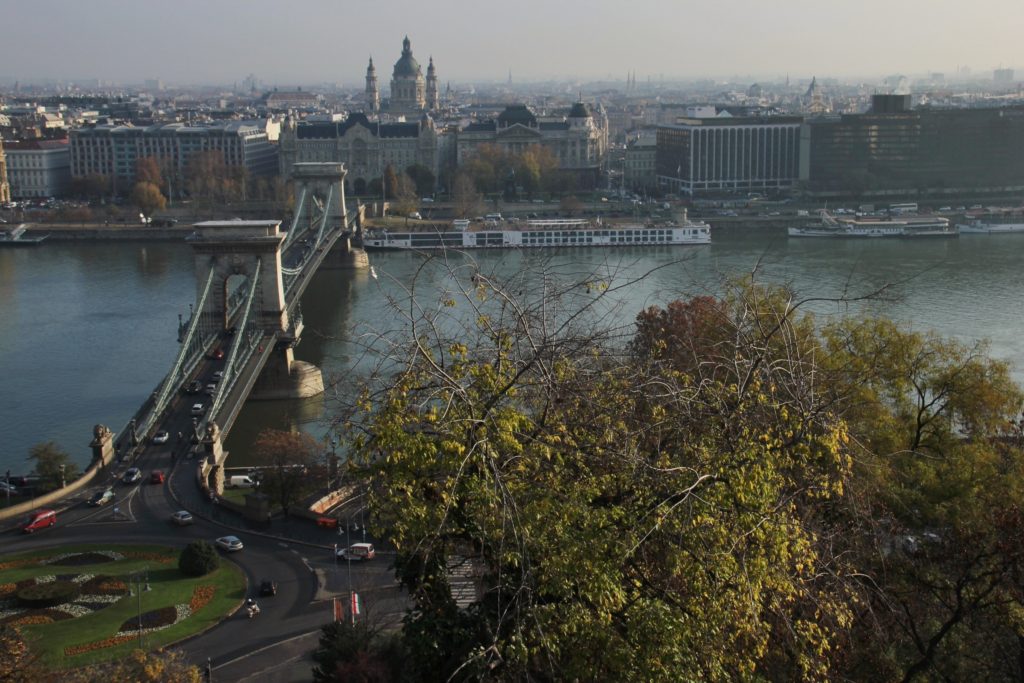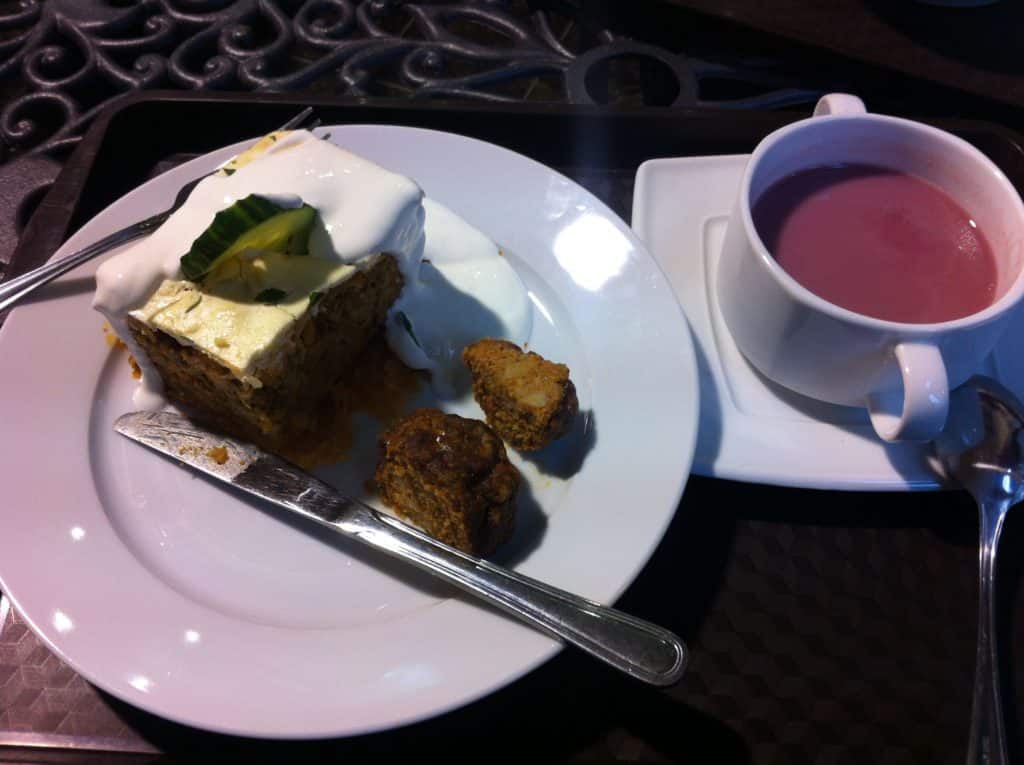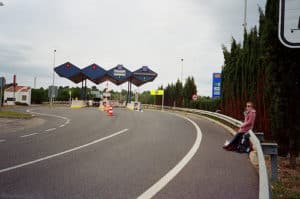There is no such thing as “small” in Budapest. Every detail is part of a grander scheme, every building is grandiose, every lane proudly clean, every stone and brick an impeccable piece of ever-evolving neoclassical renovation. There are no nooks or crannies. Its central downtown is made up of row after row of elaborately gothic apartments, all towering in the same tightly bound order, shadowing their courtyards hidden behind massive doors of steel and wood; beyond that region, sprawling out into what I assume are the suburbs, the apartment buildings become dingier but no less gargantuan, no less uniform.
I only spent a few days in Budapest, but I spent them all taking in the city the best–and cheapest–way I know how, which is to say, walking and eating.

Table of Contents
Out in the Streets
Buda and Pest were once two great cities on opposite sides of the Danube River, but they amalgamated in 1873 to rein in a new era of industrial and economic prosperity. It worked. Their combined cultural, architectural and governmental feats are what make Budapest one of Europe’s great capitals. But while Budapest is really two cities, you’re more likely to be spending time on the Pest side of things. There’s more easily accessible transit, more coffee shops and more museums. Buda is a little more spread-out than Pest, a little quieter.
There are small shops throughout the city, but none emit the sense of lucky discovery one might feel tripping through the alleys of Tokyo or Tel Aviv. If you stumble upon something in Budapest, odds are you’ve walked a dozen blocks to get there; the streets are tall and narrow, the atmosphere grand and imposing.
Food
Hungarian food is cheap and hearty if you find a good local restaurant. I cannot recommend Hungarian Jewish bakeries enough: a strong coffee and square of flódni, a.k.a. apple-walnut-poppy seed pastry, is unmatchable. If you’re on a budget, find a bowl of goulash (traditional meat and potato stew) or pörkölt, an onion soup spiced with paprika.
Essentially, traditional Hungarian food will be variations on the theme of meat and potatoes; for something truly different, try hideg meggyleves—cherry soup. This thick pink broth will float the carcasses of mashed cherries in it, and while it tastes dessert-like, it’s typically a main course side dish.

Costs
Budapest in general is more expensive than it once was, but it’s still well below Western European prices. The official currency is the Hungarian forint, but euros are accepted (often even used by default) in hotels and against some haggling taxi drivers.
A one-way bus or subway ticket costs 290 HUF, which is less than US$1.50. A quick bite, like a gyro, will run around 600-800 HUF; a sit-down meal like the once pictured above shouldn’t surpass 1,000 HUF ($4.50). A pint of beer ranges from 400-600 HUF. All in all, extremely affordable, especially given the quality and hygienic standards.
The cheapest hostel you could find floats around 10 euros (3,000 HUF), while mid-scale hotels range from 30-50 euros.
Of course, if you want to travel like Austro-Hungarian royalty, you can munch on $12 slices of cake at the famously glitzy Cafe Gerbeaud and sleep in five-star hotels of a piece with Buda Castle for 150 euros. The range within the city is unfathomable.

Peculiarities
The people tend to reflect what I imagine to be the city’s own self-aggrandizing attitude; shopkeepers, clerks and ticket-takers I found often arrogant and bureaucratic, constantly aware of how gorgeous and elaborate their city is, finding it quite cute that I’d taken an interest in what they’ve been in on for hundreds of years. They don’t make it as easy for tourists as they could.
In other words, I didn’t find the whole place particularly warm. But I never made friends with a Hungarian, so I could be proven wrong.
The metro system offers a perfect metaphor. Trains are rickety and beautifully old, and the M2 line stations are tiled in classy white and red rectangles with this classical capitalized serif font, but the robot woman announcing the stations mumbles incoherently the stop names only once, and there are no maps on board, and the signage is, if at all existent, a trial to find, not to mention entirely in Hungarian anyway. Catching your stop is a sport, but the municipal powers that be don’t seem particularly bothered to change.
Overall, the feeling is inescapable: This city was built for people who live here.

Sites
Budapest offers some of the most gorgeous architecture in the world.
Buda Castle, on Castle Hill, is a sweeping masterpiece of reconstruction, destroyed and rebuilt six times throughout history. Because it’s no longer a residential palace, you can wander around the outside all you like; inside is comprised of national museums and art galleries.
Pest offers three titanic sights: the Parliament Building, the largest structure in Hungary, which, in all its neogothic and constantly-under-renovation splendor, costs over 3,000 HUF for non-Europeans; St. Stephen’s Basilica, grandly neoclassical and among the most visible landmarks jutting out of of Budapest’s skyline; and the Great Jewish Synagogue, which, built in moorish style by an architect who firmly believed Jews have no distinct architecture of their own (which, as a Jew, I can say is probably true, but mostly because people kept kicking us out of every country on Earth), is probably the most decorative, gothic, church-like synagogue in the world.
There are countless other buildings worth seeing, including the secessionist museum, state opera and Heroes’ Square, all worth a gander but possibly not in-depth. There are also dozens of art and history museums that could attract your eye.






Pingback: A Walk around Gyor Hungary
Pingback: A Walk Around Budapest [photos]